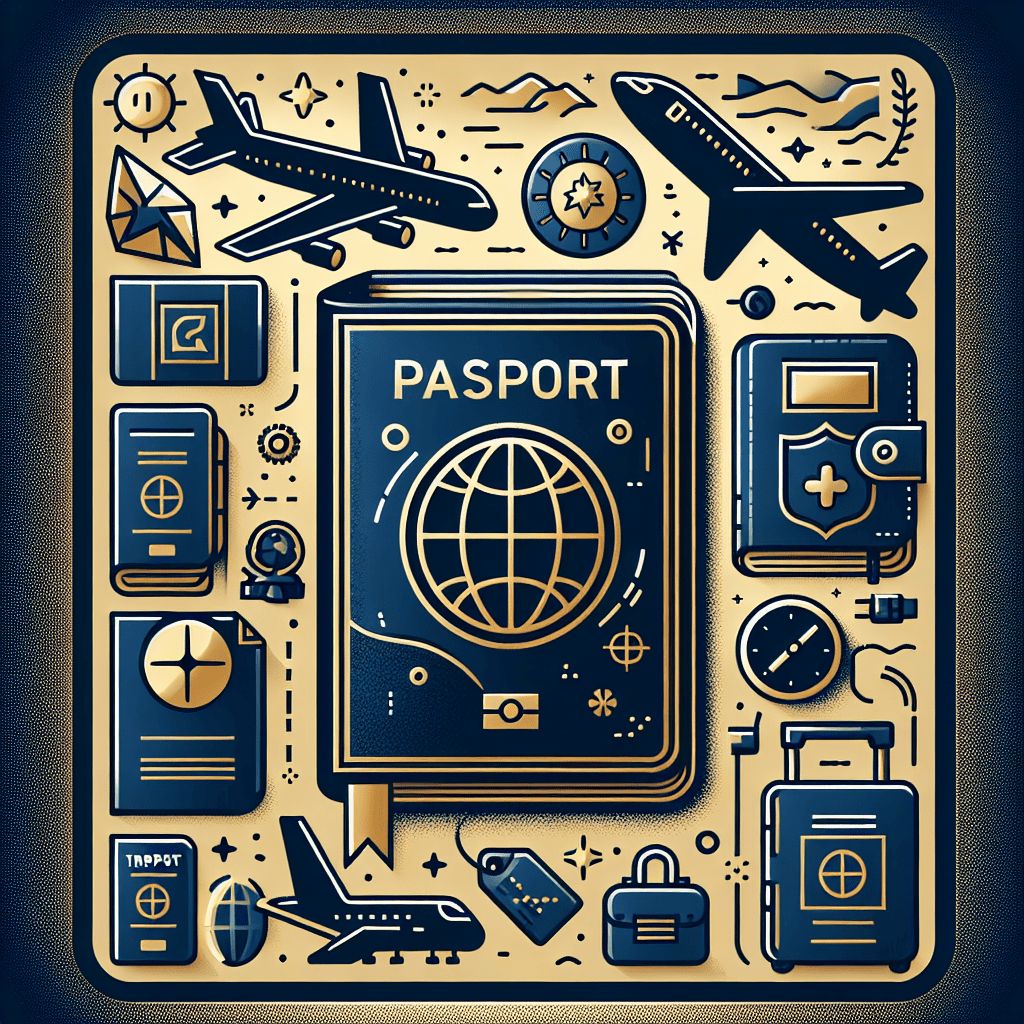
How to stay safe in remote areas

Mr Passport
How to stay safe in remote areas
We've all been there - trekking through the jungle, hiking up a mountain, or wandering through a foreign village, feeling like we're on top of the world. But sometimes, it's not just about reaching the summit; it's also about getting back down safely.
As solo travelers and frequent adventurers here at Passport Bro Blog, we've learned that staying safe in remote areas requires more than just a backpack full of gear. It demands knowledge, preparation, and a healthy dose of common sense. In this post, we'll share our expertise on how to stay safe in remote areas, so you can focus on the good stuff - like breathtaking views and new experiences.
Key Points
Before we dive into the nitty-gritty, here are some key points to keep in mind:
- Research, research, research: Know your destination inside out. Read up on local customs, weather patterns, and potential hazards.
- Tell someone where you're going: Leave a copy of your itinerary with a trusted friend or family member, so they know where you are and when to expect you back.
- Pack the essentials: Bring a first-aid kit, a portable charger, and a personal locator beacon (PLB) or satellite phone if you're venturing into areas with no cell service.
- Be prepared for emergencies: Know what to do in case of an accident, injury, or medical emergency.
Exploring Remote Areas
We've explored some of the most remote corners of the globe, and let us tell you - it's not always easy. But with the right mindset and preparation, even the most inhospitable environments can become a thrilling adventure.
For example, when we trekked through the Himalayas, we encountered harsh weather conditions, steep mountain passes, and altitude sickness. But by researching local guides, packing warm clothing, and staying hydrated, we were able to overcome these challenges and reach the summit.
Practical Tips for Solo Travelers
Here are some practical tips to help you stay safe in remote areas:
- Stay connected: Invest in a portable Wi-Fi hotspot or a satellite phone to stay in touch with loved ones and navigate unfamiliar terrain.
- Bring a buddy (or two): When possible, travel with a partner or group. This can be especially helpful in case of an emergency.
- Respect local customs: Be mindful of cultural differences and dress modestly to avoid drawing unwanted attention.
| Challenge | Solution |
|---|---|
| Inclement weather | Carry a waterproof jacket and bring extra gear, like warm clothing and rain pants. |
| Altitude sickness | Drink plenty of water, eat regular meals, and ascend gradually to acclimatize your body. |
Common Challenges and Solutions
Here are some common challenges solo travelers face in remote areas, along with practical solutions:
- Wildlife encounters: Stay alert, make noise while hiking, and carry bear spray or other deterrents.
- Getting lost: Bring a map, compass, and GPS device, and know how to use them. Take regular breaks to reorient yourself.
Related Posts
If you're looking for more advice on solo travel, check out our related posts:
- Best Ways To Explore A City In 24 Hours
- How To Maintain Routines While Traveling
- How To Make Friends Abroad
Conclusion
Staying safe in remote areas is a top priority for solo travelers. By researching your destination, packing the right gear, and staying connected with loved ones, you can minimize risks and maximize adventures.
As we conclude this post, remember that safety is always just a few steps ahead of excitement. So go forth, explore the world, and know that we're here to guide you every step of the way!
References
- [National Park Service]. (n.d.). How to Plan a Safe Hike.
- Retrieved from https://www.nps.gov/badw/learn/plan-a-safe-hike.htm
- [World Health Organization]. (2020). Travel and Health.